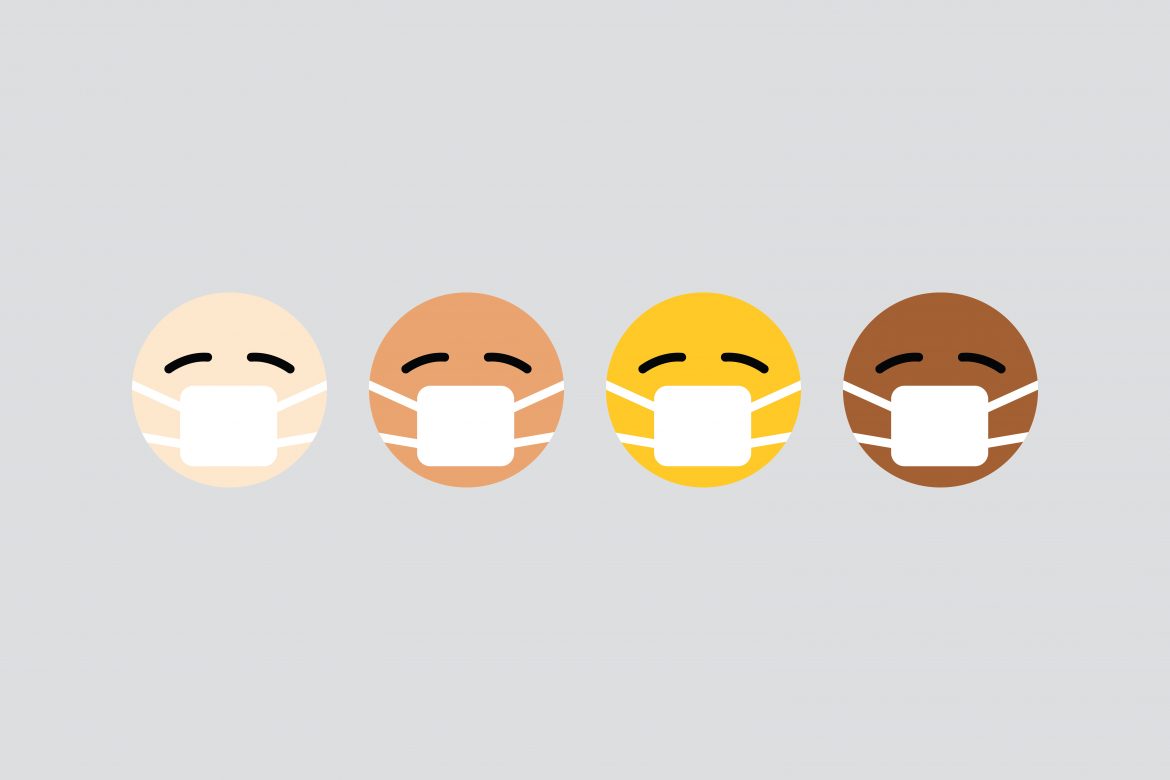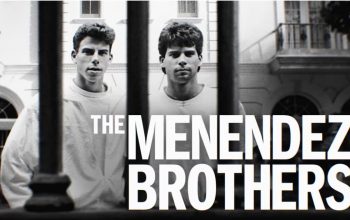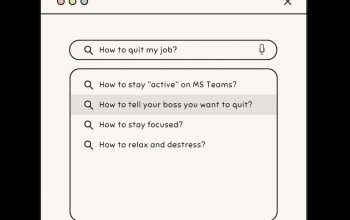Photo Credit: visuals on Unsplash
How COVID has impacted the way we communicate
Josephine Murphy, The Mike Contributor
George Orwell writes, “He wears a mask, and his face grows to fit it.” As Orwell highlighted, we often wear masks, in a metaphorical sense, to conceal our true identity, hide our emotional vulnerability, or conform to social pressures.
Ironically, since the onset of the pandemic, the wearing of face masks has transitioned from a mere fictional notion to a crucial reality. As coronavirus cases continue to spike in Ontario and around the world, social distancing and wearing proper personal protective equipment are of the essence to slow the spread of the virus. However, are there any psychological or social implications to covering our faces? And if so, how will this affect the nature of our communication?
Psychologists recognize that the face is central for non-verbal communication, and that facial expressions provide important cues for social interaction. As studies show, we can assess and interpret facial emotions in mere fractions of a second, and even make instinctive judgements about someone’s competence and trustworthiness based on their face. These unconscious behaviours provide us with important information about another person’s emotional state and guide our interactions with others. In fact, some psychologists argue that our ability to infer emotion from the face gave us an evolutionary advantage. From an evolutionary perspective, quick and accurate recognition of facial expressions with an emotion may have increased empathy, decreased interpersonal conflict, and strengthened bonds between individuals and communities.
Generally speaking, we can recognize when a person is happy or sad, calm or angry, and amazed or frightened, and even identify combinations of multiple emotions, based solely on involuntary or voluntary facial cues. In fact, facial expressions are so complex and meaningful that psychologists developed the Facial Action Coding System to isolate facial movements and categorize emotion based on various combinations of muscle movement in the face. Everything from our eyebrows, eyelids, eyes, cheeks, nose, lips, tongue, mouth, jaw, and head relay subtle, but distinct and important emotional cues. For example, signals in the mouth include pursed lips, lip biting, covering the mouth, and raising the corners, and may indicate things like anxiety, disgust, happiness, and sadness. Interestingly enough, other than the eyes, the mouth is the most expressive region on the face and is therefore seen as the most ‘informative’.
However, in the age of the coronavirus, masks are changing the very face of communication itself, both literally and metaphorically. While mask-to-mask communication is undoubtedly favourable to no communication at all, it does pose some challenges for non-verbal communication. In wearing a face mask, certain features, such as the mouth and nose, are no longer observable to the human eye. Gone are the days when someone would smile or frown and we could see it, interpret it, and react to it.
By obscuring certain regions of the face, we miss important visual cues, which makes it more difficult to read facial emotions and might disrupt our emotional processing. Furthermore, covering the face may make it harder to form instinctive judgements about someone’s character. We may not be able to infer judgements of competence or trustworthiness as readily and automatically as before (although this may or may not be a bad thing).
From an evolutionary perspective, face masks may impede some of the advantages that we have secured from facial reading. Perhaps our ability to empathize with others, resolve conflict, and form interpersonal bonds may be challenged. Or perhaps we will develop new outlets for non-verbal communication or strengthen existing ones.
For instance, we may be able to combat the challenges of face masks by paying closer attention to other parts of the body, such as the eyes. Research shows that the eyes are extremely expressive, and that we can infer and accurately predict a range of emotion from the eyes. In poker, a player might break eye contact or blink less often to hide their excitement about a good hand. From eye signals, we often gauge whether or not a person is lying, listening, or uncomfortable. That being said, eyes can also convey feelings of love and attraction. On that note, it might be a good time for everyone to start working on their smize (we can’t see those pearly whites anymore, but those eyes can still shine).
Another solution may reside in body language. Being conscious of a person’s posture, gestures, and tone of voice is an effective communication strategy that decreases reliance on facial cues. Additionally, to help others, we may want to consider over-communicating, that is overemphasizing facial expressions, tone, and gestures to compensate for the lack of facial cues.
Throughout history, communication strategies have changed and evolved. We survived the jump from letters to emails, emails to texts, and in person events to virtual events. It is unlikely that the transition from face-to-face to mask-to-mask will seriously inhibit our ability to communicate; on the contrary, it is more likely that the face of communication will continue to evolve to meet societal demands.




